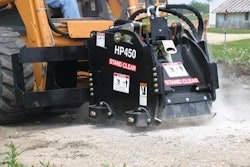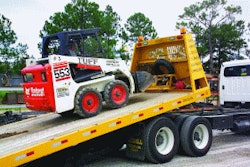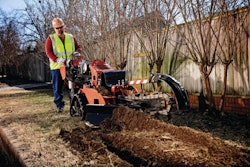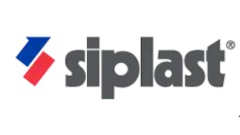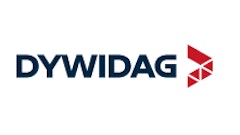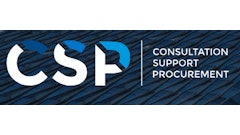The idea of a new south-end bridge across the Red River seems to be on the minds of many Grand Forks area residents, though the high construction cost means it might be a while before they get the bridge they want.
A south-end bridge became one of the top voted ideas on the community forum website Engage the Forks, and also received mention at a city legislative forum last month.
The city's 2035 Long-Range Transportation Plan calls for the next Red River bridge to be built south of the city on Merrifield Road, also known as County Road 6.
A bridge at that location isn't meant to alleviate traffic woes that may come with the new residential and commercial developments on the south end, according to Earl Haugen, director of the Grand Forks-East Grand Forks Metropolitan Planning Organization.
"It's more to have traffic taken away from the city," he said. If built, the bridge would encourage traffic to bypass the city altogether, cutting down on the number of vehicles entering the city just to cross the river, he said.
But lining up funding for the Merrifield bridge and other bridges may prove tricky as the federal budget for such projects shrink, he said.
Finding funding
The Merrifield bridge is estimated to cost about $23 million, and is classified as midterm project, meaning construction could begin sometime before 2025, according to Haugen.
The project has been pushed as a priority by the South Forks Bypass Coalition, a local group, for several years.
But Haugen said, "A project may be our highest priority, but it doesn't matter if we don't have the finances to have projects completed."
Big construction projects, like bridges, become more difficult to fund over time because construction costs outpace funding increases, he said. "The rate of revenue growth is less than inflation. The further out we go, the more difficult it is to fund everything you need or want for a transportation system."
For example, a project that costs $1 million in 2007 would cost $3 million in 2035. Funding for the project would likely increase to about $1.7 million over the same period, according to MPO purchasing power data.
I-29 ramp
Merrifield Road was selected as a bypass corridor in the MPO's 2000 transportation plan after several public meetings. A 2005 feasibility study found that it would have positive cost-benefit ratio, meaning its financial benefits would outweigh the cost of construction.
Haugen said a Merrifield bridge could see 3,000 to 4,000 crossings each day.
To complement the bridge, the Bypass Coalition is also seeking an Interstate 29 interchange at Merrifield. The MPO estimates the interchange, also classified as a midterm project, would cost $10 million.
Haugen said the interchange is stronger project on its own, and would ideally be constructed first. "We thought the interchange would come first with the bridge set to follow thereafter."
Other bridges
But, in the MPO's transportation plan, both now take a backseat to rehabilitation or replacement of existing Red River bridges in the area, though that could change.
The Kennedy Bridge on U.S. Highway 2 is scheduled for rehabilitation or replacement in 2016 and the Sorlie Bridge connecting the Grand Cities' downtowns would be replace in 2018. The MPO estimates each project would cost $25 million.
The Kennedy Bridge, with 22,000 to 22,500 average daily crossings, sees the largest volume of traffic among the Grand Cities bridges. The Sorlie Bridge, with 12,400 to 14,300 crossings daily, comes second.
State transportation departments in Minnesota and North Dakota have started studying both projects.
Farther out than the Merrifield bridge in the MPO plans is a bridge at Grand Forks' 32nd Avenue South, which could be built between 2025 and 2035. The need for it would have to be decided after the Merrifield bridge is built.
---
Copyright 2013 - Grand Forks Herald





